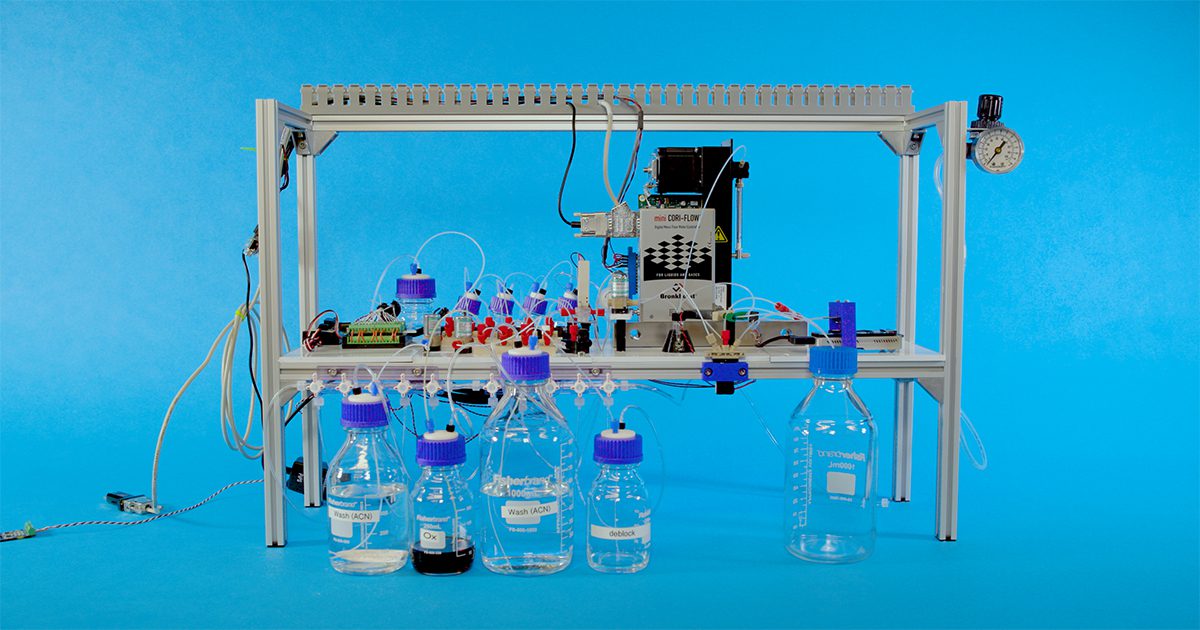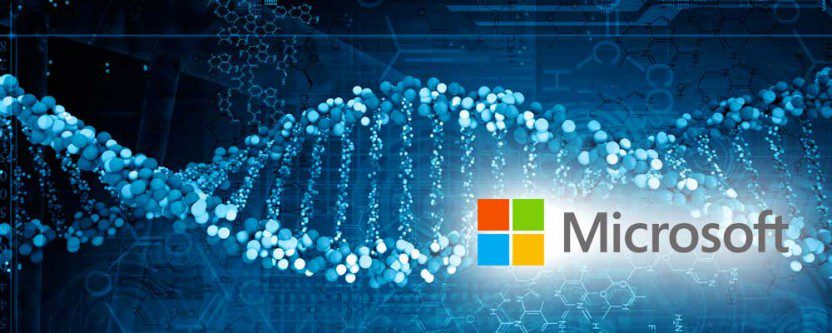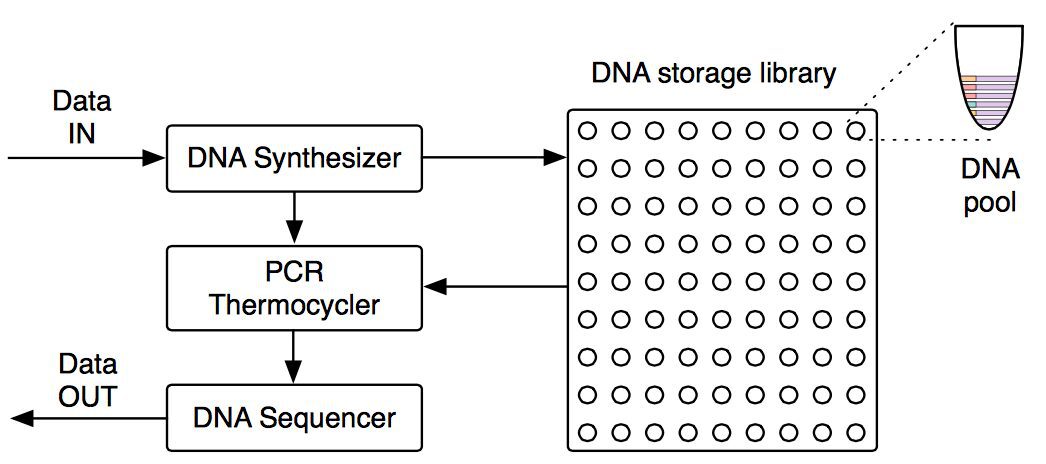Storing of data is a huge task in today’s world, we don’t even know what is going on and without knowing we have so many data of ours. Have you ever imagined how big a place would be required to store such a huge amount of data. Looks like Microsoft have found a way to store data into small DNA forms instead of huge datacentres.
Microsoft along with the researchers from the University of Washington has conducted the first fully automated DNA data storage, they demonstrated by encoding the word “hello”. Along with its conversion into digital data with the help of an end-to-end system.

Why DNA data storage?
If you don’t know, data storage in the form of DNA allows storage of data such as files, documents etc. in large quantities in lesser space. The big advantages of DNA as a digital storage medium is its ability to store vast quantities of information, with a raw limit of one exabyte — equivalent to one billion gigabytes — per cubic millimeter.

According to Microsoft, all the information stored in a warehouse-size data center would fit into a set of Yahtzee dice, was it written in DNA “The intersection of biotech and computer architecture is incredibly promising and we are excited to detail our results to the community,” said Allen School professor Luis Ceze, who co-leads the MISL.
How does it work?
So far, DNA data storage has been carried out by hand in the lab. But now researchers at the University of Washington who are working with the software giant said they created a machine that converts electronic bits to DNA and back without a person involved. The automated DNA data storage system uses software developed by the Microsoft and UW team that converts the 1s and 0s of digital data into the As, Ts, Cs, and Gs that make up the building blocks of DNA.
Then it uses inexpensive, largely off-the-shelf lab equipment to flow the necessary liquids and chemicals into a synthesizer that builds manufactured snippets of DNA and to push them into a storage vessel.

When the system needs to retrieve the information, it adds other chemicals to properly prepare the DNA and uses microfluidic pumps to push the liquids into other parts of the system that “read” the DNA sequences and convert it back to information that a computer can understand.

The goal of the project was not to prove how fast or inexpensively the system could work, researchers say, but simply to demonstrate that automation is possible.
“Our work reduces the effort, both in sequencing capacity and in processing, to completely recover information stored in DNA,” explained Microsoft Senior Researcher Sergey Yekhanin.
Will it change the traditional way of data storage?
Not really. Most people want their storage to hold more than just the word “hello”. According to a publication on March 21 in the journal Nature Scientific Reports, the team was able to store and retrieve just a single word—“hello”—or five bytes of data. What’s more is that the process took 21 hours, mostly because of the slow chemical reactions involved in writing DNA.
it’s probably going to take a little while for the technology to reach consumers.
Moreover, it is suggested that data stored in DNA (if stored under the right conditions) can last way longer than traditional data storage tech. So it’s just a matter of time before we get to know what actually happens. It might be a revolutionary change if it gets a favorable outcome.



